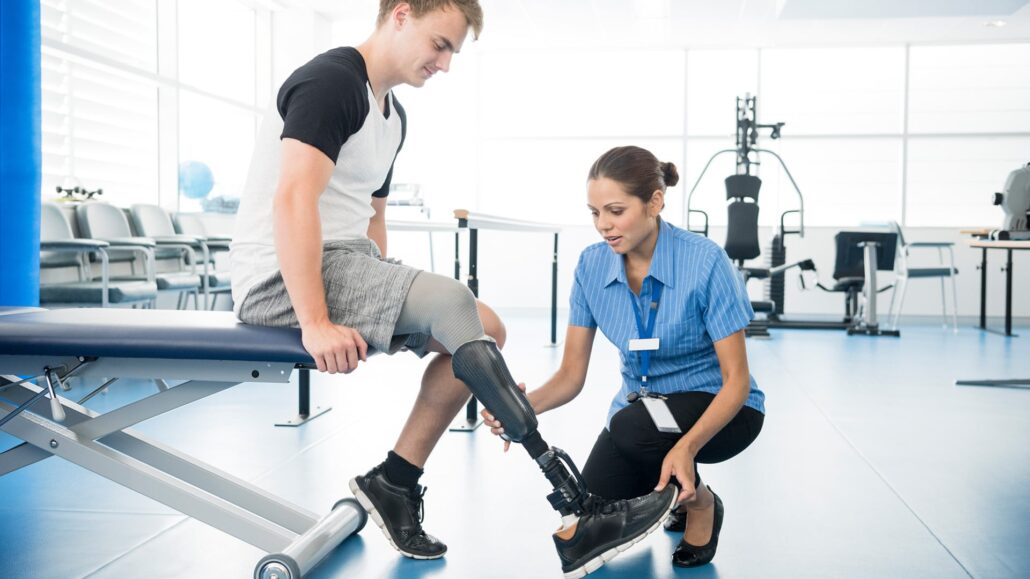A recent study performed by the Hanger Clinic has shown a decrease in trips to the Emergency Room for amputees who get their prosthesis early. Researchers analyzed data on 510 patients with lower-limb amputations to conduct Hanger’s second IMPACT study, which evaluates how receiving a prosthesis effects overall healthcare utilization. Emergency Department (ED) use, a common indicator for overall healthcare utilization, was assessed in the context of timing of receipt of a lower limb prosthesis following amputation, as well as those who received no prosthesis at all.
The IMPACT series is a part of a collection of research studies published by, or in various stages of publication by, Hanger Clinic’s Clinical and Scientific Affairs Department, in collaboration with researchers, clinicians, and academic institutions.
The researchers of the series, which included several PhDs from the University of North Carolina, found that individuals who attained a prosthesis within three months following amputation were 48 percent less likely to use the Emergency Department than individuals who did not receive their prosthesis. The findings proved true across all age groups and genders. The researchers also found that the percentage of Emergency Department use as a measure of overall healthcare utilization appears to have an upward trend as the time from surgery to receiving your prosthesis increases. Additionally, individuals who experienced a fall had 2.8 times the odds of Emergency Department utilization.
“The IMPACT 2 study not only underscores the significance of long-term health benefits for the patient, including reduced falls and better quality of life; it also highlights the value of cost savings in healthcare utilization that comes with receipt of a prosthesis early on in the rehabilitation process,” said James Campbell, PhD and chief clinical officer on the study. “This is yet another illustration of the holistic benefit of early prosthetic rehabilitation.”
At Green Prosthetics, we always try to make sure our amputee patients get their prosthesis as soon as possible. For the majority of our patients, we will apply shrinkers shortly after surgery and get them educated on the process. Once the amputation has healed enough, casting and measurements are done and the prosthesis starts getting built right away. The ability to ambulate quickly after a surgery not only prevents falls but also has been shown to increase the mortality rate for amputees.

